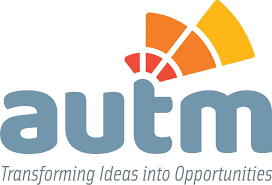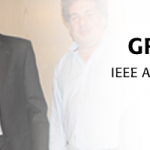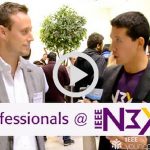Lithium-Ion Battery Recycling Process Produces More Power and Lessens Environmental Impact
[*Note: IEEE Entrepreneurship attended the AUTM 2022 Annual Meeting in New Orleans as it aligns with the IEEE Entrepreneurship Vision Statement – Connecting tech entrepreneurs to an engineering-driven global innovation network.
AUTM’s Annual Meeting is the place for global technology transfer professionals to meet and gain insights from global speakers, be inspired, and reinvigorate their own professional development.
IEEE Entrepreneurship is honored to endorse innovative initiatives and organizations that promote strong themes that are connected to the mission to foster entrepreneurial engineering and technological innovation for the benefit of humanity like the Association of University Tech Transfer Managers (AUTM) and their Better World Project (BWP).
The following engineering success story features the recipient of AUTM’s 2022 Better World Project Award Worcester Polytechnic Institute (WPI) Inventor Yan Wang, Center for Resource Recovery Professor of Mechanical Engineering and researcher, who invented a new way to recycle batteries.]
Current lithium-ion batteries rely on mined materials largely from China, where the supply chain is less secure. Worcester Polytechnic Institute (WPI) inventor Yan Wang, Center for Resource Recovery Professor of Mechanical Engineering and researcher, invented a new way to recycle batteries. His process shreds the batteries, treats them chemically, and recovers all the key elements of the batteries. Those materials are then transformed directly into premium, cathode-active materials and sold to manufacturers to build new batteries.
Independent testing has shown these materials produce 83% more power and have at least 33% more cycles than those developed from mined materials. Recycling them saves valuable resources and lessens the environmental impact of manufacturing.
In 2012, Wang came to the WPI Office of Technology Commercialization and disclosed the process, his first invention in this area, and tested a crude benchtop scale model in the lab. In 2014, he and his postdoc, Eric Gratz, along with Todd Keiller, Director of the Office of Technology Commercialization, attended the national I-Corps program to begin exploring the formation of a company.
By 2016, Gratz became the first employee of the newly formed Battery Resources and moved out of the WPI lab to a small incubator space. WPI licensed in the intellectual property and made an investment from the university’s Commercialization Fund. Gratz was able to build a larger-scale version of the lab process in response to customer and investor requests. In 2018, Battery Resources moved into its own facility in Worcester, where the team began processing 50kg of batteries per day.
WPI has today licensed six different patents into the company, three pending patents, and three issued patents. Newly renamed Ascend Elements, the company has raised $90 million, has 59 employees, and is opening North America’s largest battery recycling facility in Covington, Georgia in August 2022, with the capacity to process 30,000 metric tons of batteries a year. Several more plants are planned to open in subsequent years in the US, UK, and Europe.
To see available technologies from research institutions, click here to visit the AUTM Innovation Marketplace.
About the Better World Project
Technology transfer, the process of moving an idea from an academic lab to the marketplace, can be difficult to understand for those outside research.
That’s why AUTM came up with the Better World Project (BWP) more than a decade ago, to illustrate the impacts of research commercialization on the world by sharing its successes.
Whether explaining the genesis of the Honeycrisp apple, or the founding of Google, these stories not only showcase the value of the technologies and their applications around the world, but also the important steps that build tech transfer success. There are examples of unique funding obtained by researchers, key collaborations with industry, and the many contributions of tech transfer offices that have helped bring the research to life.
Today, Better World’s searchable database includes more than 450 stories and videos. Have a look.







